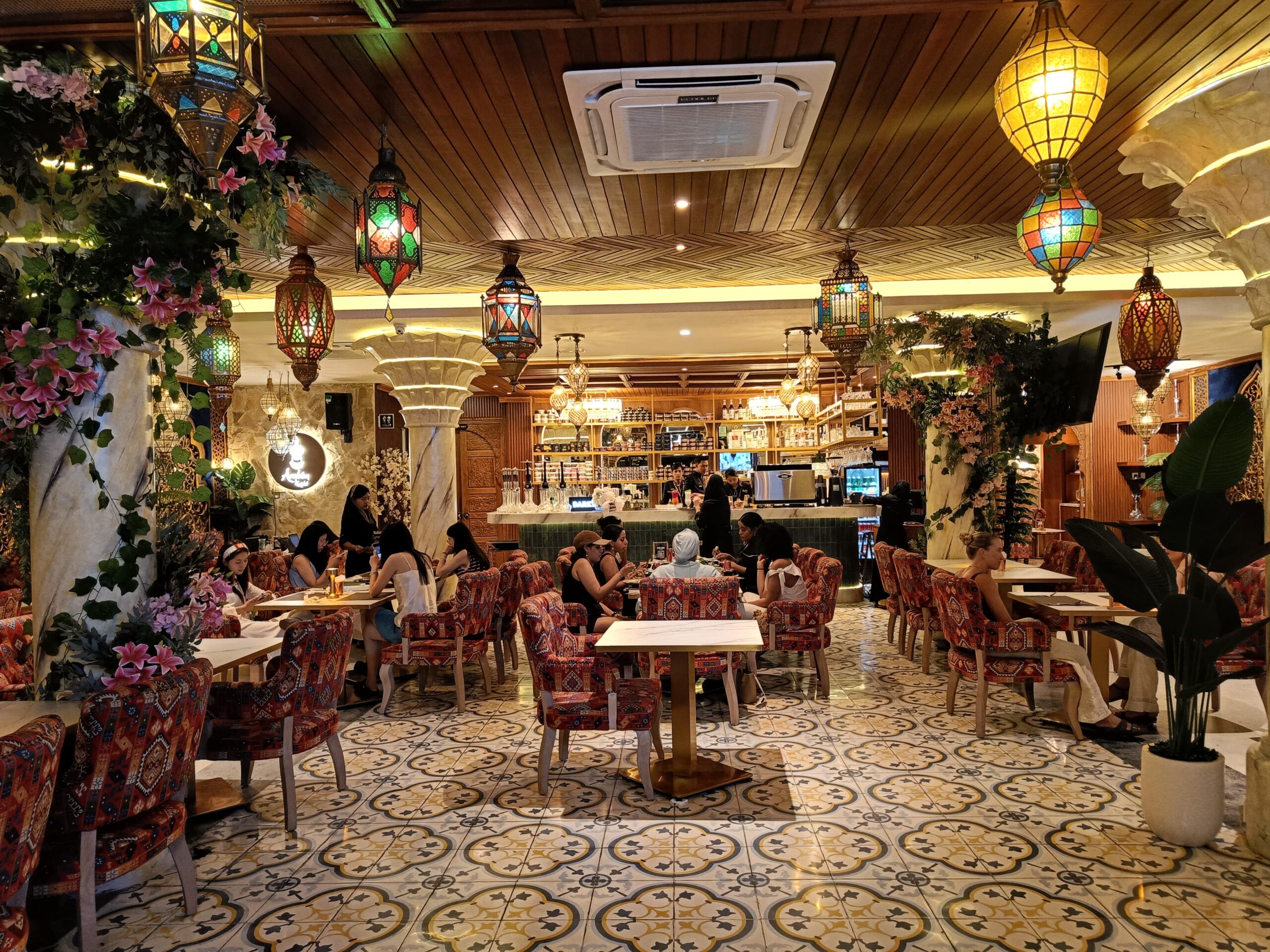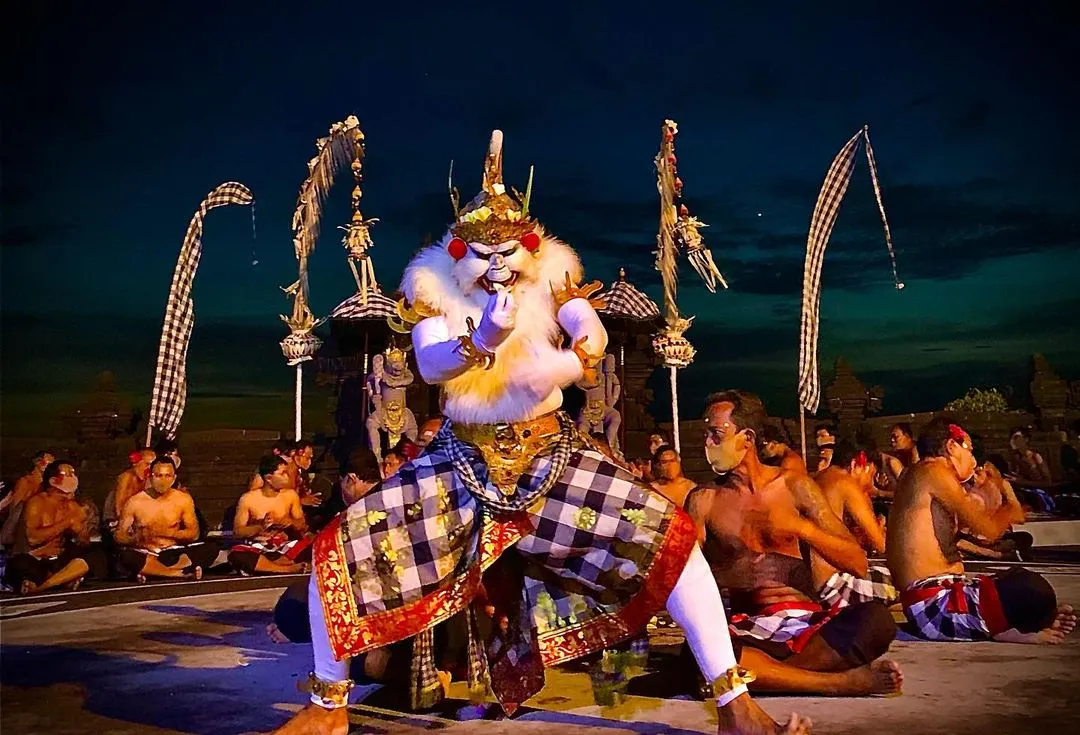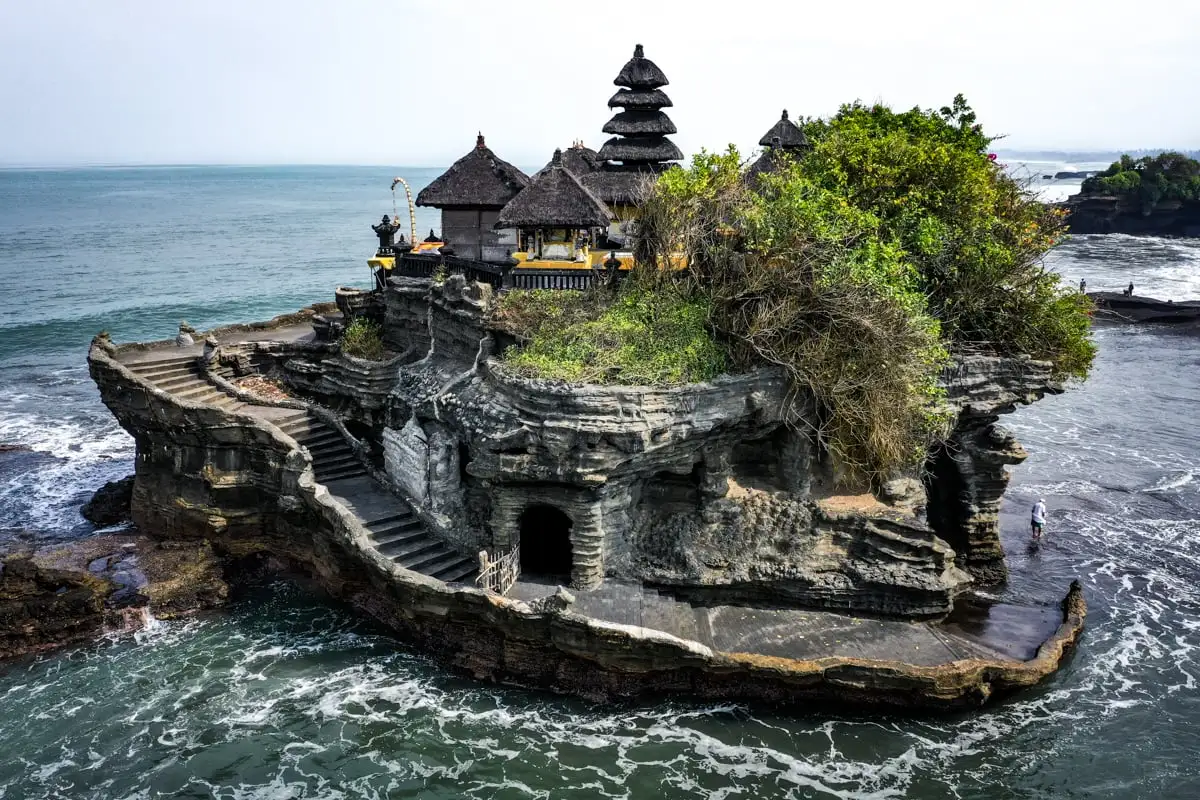Planning content about Balinese culture that’s accurate, empathetic, and still fun to read? The ngaben ceremony Bali’s Hindu cremation rite deserves that treatment. This article breaks down what the ngaben ceremony is, why it matters, how it unfolds, and how visitors can witness it respectfully. If you work in travel, culture, or general education, you’ll find practical pointers here (and yes, we’ll use the keyword ngaben ceremony naturally throughout).
What Is the Ngaben Ceremony?
The ngaben ceremony is a Balinese Hindu cremation ritual that releases the soul (atma) from the physical body so it can continue its journey toward spiritual liberation. Rather than framing death as a purely sorrowful moment, Balinese families treat ngaben as a sacred passage marked by prayer, art, music, and community solidarity.
At its core, ngaben is communal. Families and neighbors (banjar) work together for days sometimes weeks to prepare offerings, build ceremonial structures, and coordinate logistics. Depending on family tradition and resources, ngaben might be held soon after death or after a temporary burial, sometimes as a mass ngaben to share costs and strengthen community bonds.
The Philosophy Behind the Ngaben Ceremony
Balinese Hinduism is a fusion of ancient Hindu teachings and local Balinese cosmology. Fire (agni) plays a central role in purification: burning the body is believed to dissolve worldly bonds and help the soul return to its divine source. The ngaben ceremony symbolically transforms grief into devotion through chant, offering, and the aesthetics of ritual so the living can release the departed with love and dignity.
Another key principle is balance. Through offerings (banten), prayers, and ritual sequences, families seek harmony between the seen (sekala) and unseen (niskala) worlds. The ceremony isn’t just about “goodbye” it’s about maintaining cosmic order while honoring family obligations and ancestry.
The Process: From Preparation to Ashes at Sea
While each village and clan (dadia) has its nuances, the ngaben ceremony typically moves through these stages:
Preparation (Offerings, Structures, Scheduling)
-
Offerings (Banten): Layers of fruit, flowers, leaves, rice cakes, and symbolic items crafted with astonishing detail.
-
Ceremonial Tower (Bade/Wadah): A multi-tiered, color-rich tower used to carry the coffin in procession.
-
Sarcophagus (Lembu/Naga Banda): An animal-shaped vessel (often a bull) where the body is placed for cremation.
-
Priests & Calendars: Dates are chosen with guidance from priests (pemangku/pedanda) and the Balinese calendar to align auspicious timing with community readiness.
Procession (Pelebon) to the Cremation Ground
Crowds gather as the bade sways through the village, accompanied by gamelan music. Bearers might rotate or spin the tower at crossings a symbolic gesture to “confuse” negative forces and ensure the soul’s safe passage. It’s vibrant, emotional, and deeply communal.
Cremation (Pembakaran)
The body often placed within the lembu is ritually purified and cremated. Families and priests recite mantras; offerings are added to support the soul’s journey. The fire is not spectacle it is sacrament.
Ashes to Water (Nganyut)
After the fire cools, bone fragments and ashes are collected and taken to the ocean or a river. Returning remains to water completes the elemental cycle and symbolizes release. This step is often quieter and more intimate.
Post-Ritual Rites (Memukur/Nyekah)
Weeks or months later, some families perform additional purification rites, guiding the soul to a higher realm and reinforcing the family’s spiritual ties.
Key Visual Symbols You’ll Notice
-
Bade/Wadah: Tower of passage; tiers can reflect status or family tradition.
-
Lembu: Bull sarcophagus symbolizing strength and guardianship.
-
Umbul-umbul & Penjor: Tall ceremonial flags and bamboo arches signaling a sacred event.
-
Gamelan & Chant: Soundscapes that sanctify movement and time.
Types and Scale of Ngaben
-
Individual vs. Family vs. Mass Ngaben: Some families hold a private rite; others pool resources for a communal ceremony. Mass ngaben can be profoundly moving dozens of families uniting in one grand release.
-
Direct vs. Delayed: When immediate ngaben isn’t feasible, a temporary burial may precede the ceremony. Months or years later, the remains are exhumed for cremation.
-
Ritual Variation: Terms like pelebon (often used for nobles or large-scale rites) and pitra yadnya (sacrificial offering for ancestors) appear across Bali; specifics vary by lineage and locale.
Etiquette for Visitors and Photographers
If you’re invited or you come across a ngaben ceremony these guidelines help you honor the moment:
Dress & Behavior
-
Dress modestly: Cover shoulders and knees; a sarong and sash are ideal if you’re close to the ritual area.
-
Follow directions: If the banjar or family asks you to stand back, please do.
-
No blocking: Don’t obstruct the procession, the priest’s line of sight, or the family.
Photography & Social Media
-
Always ask first: Consent from family or community reps matters.
-
No flash, no drone (without explicit permission): Respect the sacredness and safety.
-
Contextual captions: If you post, avoid sensational framing; explain that ngaben ceremony is a sacred rite of passage.
Offerings & Space
-
Never step over offerings: Treat ground displays as altars.
-
Mind your feet and voice: Lower your volume near prayers; don’t sit with feet pointed at the altar or priest.
Common Misconceptions (Clearing the Smoke)
-
“It’s a tourist show.” No. The ngaben ceremony is first and foremost for the deceased and their family; any public aspect reflects Bali’s communal culture, not entertainment.
-
“It’s only about fire.” Fire is central, but the ritual is an integrated tapestry music, offerings, prayers, processions, and community work carry equal meaning.
-
“It’s always the same.” Form and spirit are consistent, but each ngaben reflects local customs, timing, and family capacities.
Why the Ngaben Ceremony Matters Even to Outsiders
Beyond its spiritual function, ngaben sustains living traditions: carving, weaving, music, choreography, community governance, and intergenerational knowledge. Observing with respect can deepen cultural literacy and support artisans and local economies. For content creators, thoughtful coverage helps counter stereotypes and keeps the focus on Balinese voices and values.
Quick Tips for Writers, Guides, and Brands
-
Use correct terms (bade, lembu, banjar, pemangku, pedanda, banten) and explain them simply.
-
Center families and local perspectives; avoid exoticizing language.
-
If you include images or video, secure permissions and add context to educate, not sensationalize.
-
Revisit your content periodically ritual calendars and community practices can shift.
Conclusion
The ngaben ceremony is not just a ritual of farewell it’s a living classroom of philosophy, art, and community. By understanding its meaning, process, and etiquette, we honor Balinese families and help readers engage with authenticity. Whether you’re a traveler, educator, or publisher, treating the ngaben ceremony with care preserves its dignity and amplifies the wisdom it carries. Also read my article about Top 5 Helicopter Tour Bali A Luxurious Way to Explore Bali








One Response
https://shorturl.fm/KspTA